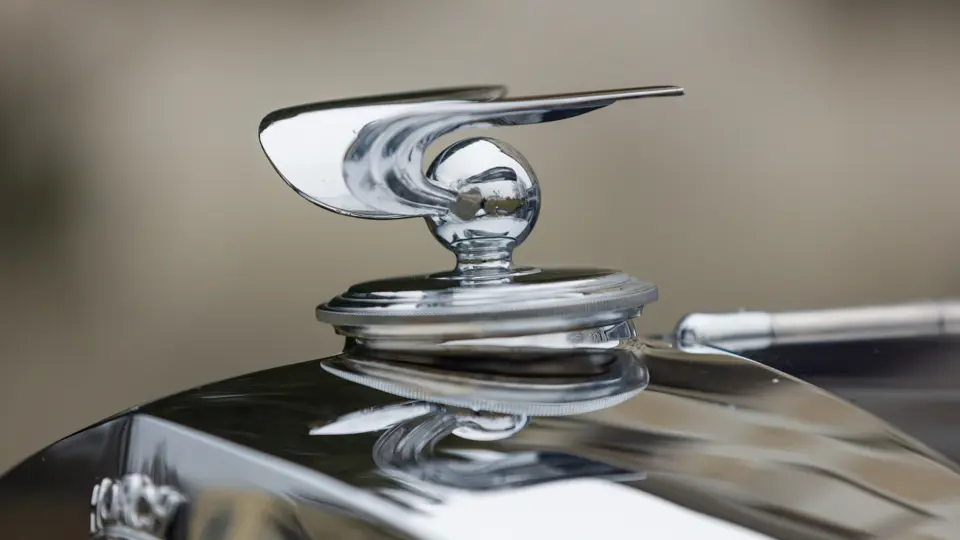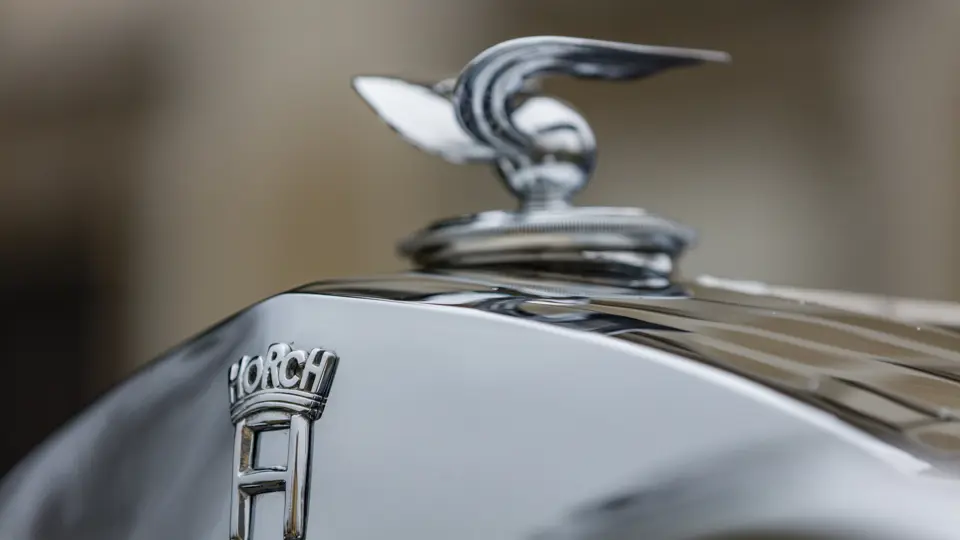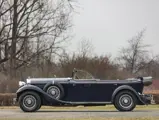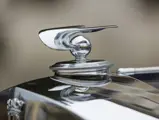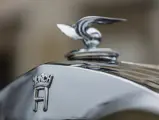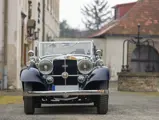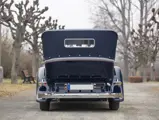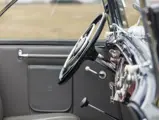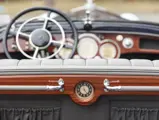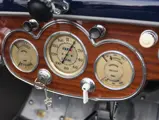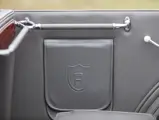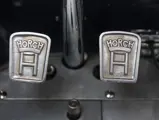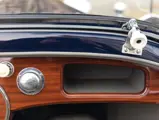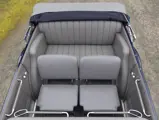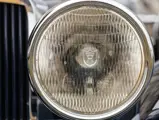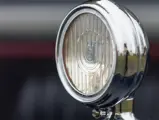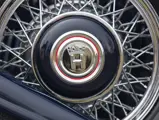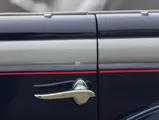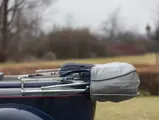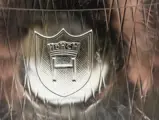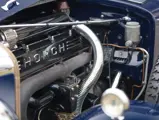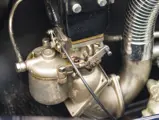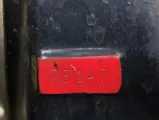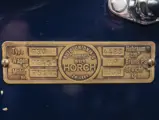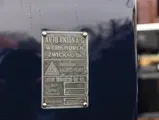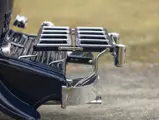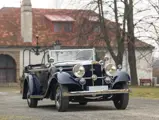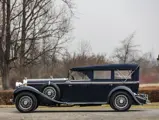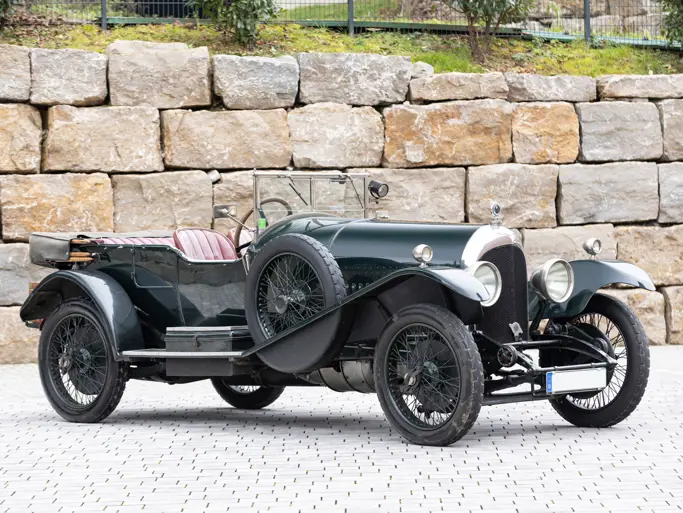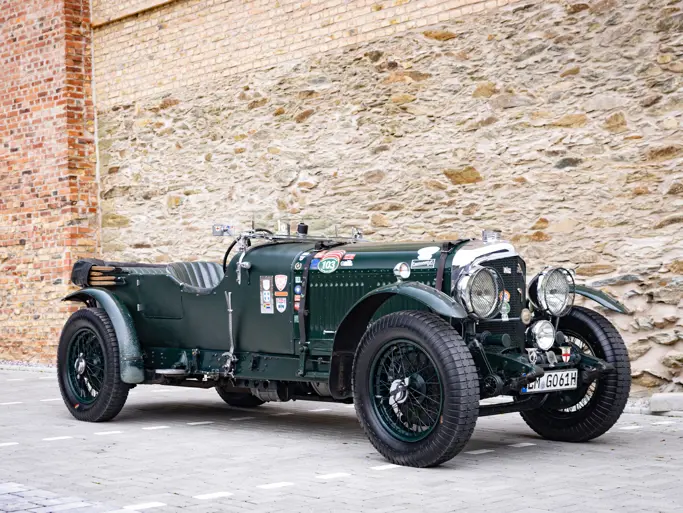
1933 Horch 750 Offener Tourenwagen
{{lr.item.text}}
€320,000 EUR | Sold
{{bidding.lot.reserveStatusFormatted}}
- Rare and desirable large 8-cylinder 4.5-litre Horch
- Believed to be the only Horch 750 Offener Tourenwagen to have survived
- Meticulous 20-year restoration finished only two years ago
- Highly original and authentic in smallest details
- Best in Class at the Schloss Dyck Masterpieces & Style Concours in 2017
- Rara ed ambita Horch con il grande motore 8 cilindri da 4,5 litri
- Si ritiene essere l'unica Horch 750 Offener Tourenwagen sopravvissuta
- Restauro meticoloso durato 20 anni e terminato solo due anni fa
- Altamente originale e autentica nei minimi dettagli
- Best in Class al Schloss Dyck Masterpieces & Style Concours del 2017
In June 1932, Horch, Audi, DKW and Wanderer merged to form Auto Union A.G., which led to the creation of the four-ringed logo now seen on modern Audi automobiles. Since Horch 750 chassis no. 75450 was manufactured in 1933, it is therefore a very early car to wear this famous badge. Prior to the war, Auto Union became an important supplier of vehicles for the Wehrmacht, constructing a number of model 750 touring cars, pullman sedans and cabriolets. Production numbers were small for the large Horch chassis, and a total of only 173 were made of the 4.5-litre type 750.
The Offener Tourenwagen was primarily used by the highest-ranking officers. Due to their quality and reliability, these cars were used through the Second World War and many did not survive the conflict. Not so for chassis no. 75450. After the surrender of the German army, the car remained in the former Czechoslovakia. In 1945, local authorities assigned the car to the fire department in the town of Senice and later in Litovel.
Sometime around 1965, a certain Mr. Východský purchased the Horch from the fire department. The purchase price was CZK 3,000 with an alleged CZK 1,500 remaining unpaid. He brought the car to his hometown of Luhačovice and placed it under a tarp in his garden where it became part of his legendary collection of partially disassembled barn finds. In 1993, Východský landed in financial difficulties, and after more than two-and-a-half years of protracted negotiations, the current owner succeeded in purchasing chassis no. 750450, who commissioned a lengthy restoration.
The chassis, suspension and drivetrain were meticulously restored, while the engine was done by the famous Mercedes restorer Reifen Wagner in Landshut, Germany. The wooden structure and the sheet metal of the body were restored with a focus on retaining as much of the original as possible. The interior was renovated according to original patterns, as was the top and window frames, and a new original specification wiring loom was fabricated.
After 20 years, the restoration was completed in 2017, and has seen little use since. It is believed that chassis no. 75450 is the only surviving Horch 750 Offener Tourenwagen. As such, it is an unrepeatable opportunity to acquire a superb piece of German engineering.
Nel giugno del 1932, Horch, Audi, DKW e Wanderer si sono unite per formare Auto Union A.G., operazione che portò alla creazione del logo a quattro anelli ora visibile sulle moderne automobili Audi. Dal momento che la Horch 750 telaio nr. 75450 è stata fabbricata nel 1933, è indubbiamente una delle prime auto ad aver ricevuto questo famoso logo aziendale. Prima della guerra, l’Auto Union è stata un importante fornitore di veicoli per la Wehrmacht, costruendo un certo numero di 750 con carrozzeria turismo aperta (in tedesco Offener Tourenwagen), berline pullman e cabriolet. I numeri di produzione erano piccoli per il grande telaio 750 di Horch con il motore da 4,5 litri, e, in totale, ne sono stati prodotti solo 173.
L'Offener Tourenwagen era una versione usata principalmente dagli ufficiali di alto rango. Grazie alla loro qualità e affidabilità, queste vetture furono spesso utilizzate durante la seconda guerra mondiale ma, molte, non sono sopravvissute al conflitto. Non è così per il telaio nr. 75450 che, dopo la resa dell'esercito tedesco, rimase nell'ex Cecoslovacchia. Nel 1945, le autorità locali assegnarono l'auto ai Vigili del Fuoco della città di Senice e successivamente a quelli di Litovel.
Verso il 1965, un certo signor Východský acquista l'Horch dai Vigili del Fuoco ad un prezzo stabilito di acquisto di CZK 3.000, di cui si ritiene che CZK 1.500 non siano stati pagati. Portata l'auto nella sua città natale di Luhačovice, la parcheggia, coperta da un telo, nel suo giardino, dove diviene parte della sua leggendaria collezione di autovetture parzialmente complete, solitamente trovate nei fienili. Nel 1993, Východský si trova in difficoltà finanziarie e, dopo più di due anni e mezzo di lunghe trattative, l'attuale proprietario riesce ad acquistare il telaio nr. 75450, ed inizia i lunghi lavori di restauro.
Il telaio, le sospensioni e la trasmissione sono stati meticolosamente restaurati, ed il motore è stato curato dal famoso restauratore di Mercedes, Reifen Wagner a Landshut, in Germania. La struttura in legno e la lamiera della carrozzeria sono state restaurate con l'obiettivo di conservarne il più possibile le parti originali. L'interno è stato restaurato seguendo i disegni originali, così come è stato fatto per la capote e le cornici dei finestrini. L’impianto elettrico è stato completamente rifatto, seguendo le specifiche originali.
Dopo 20 anni di lavori il restauro è stato completato nel 2017, e, da allora, la Horch è stata poco usata. Si ritiene che il telaio nr. 750450 sia è l'unico sopravvissuto tra tutte le Horch 750 Offen Tourenwagen prodotte. Come tale, è un'opportunità irripetibile per acquisire un incredibile pezzo di ingegneria tedesca.




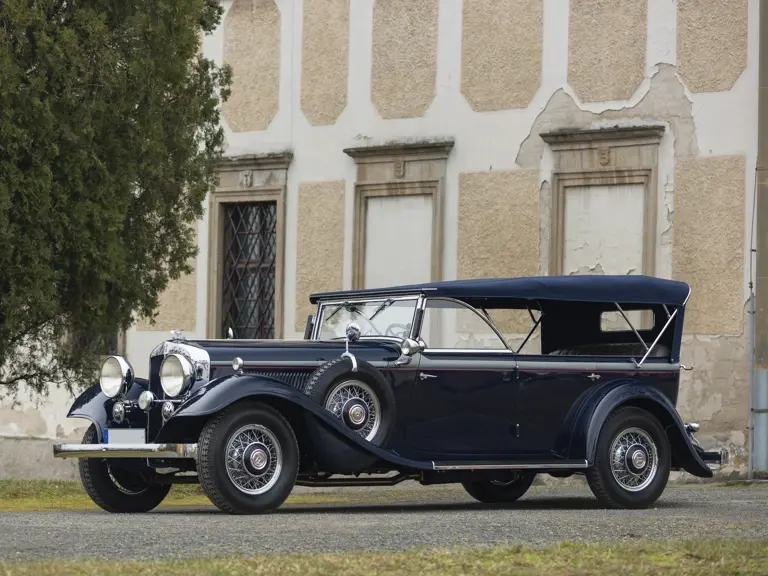
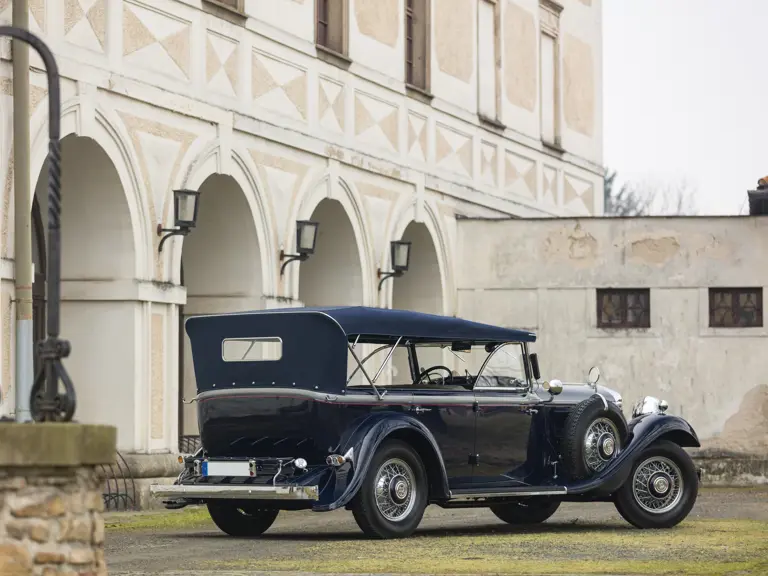
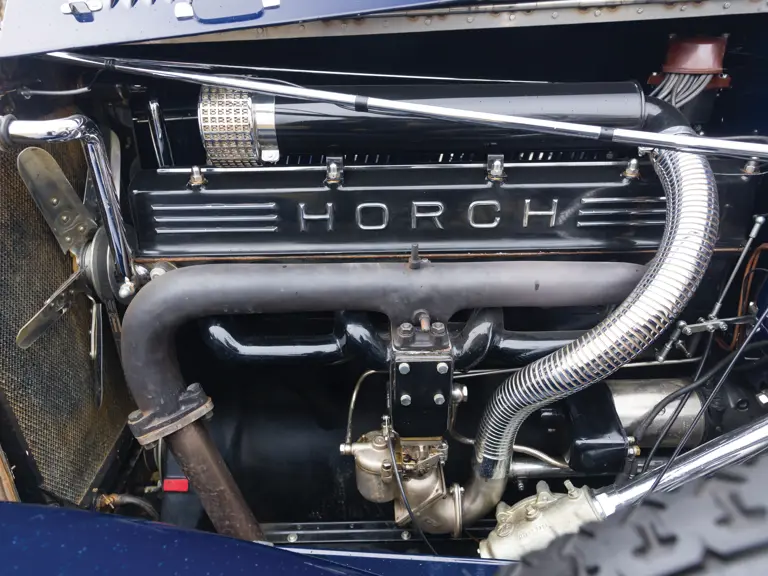
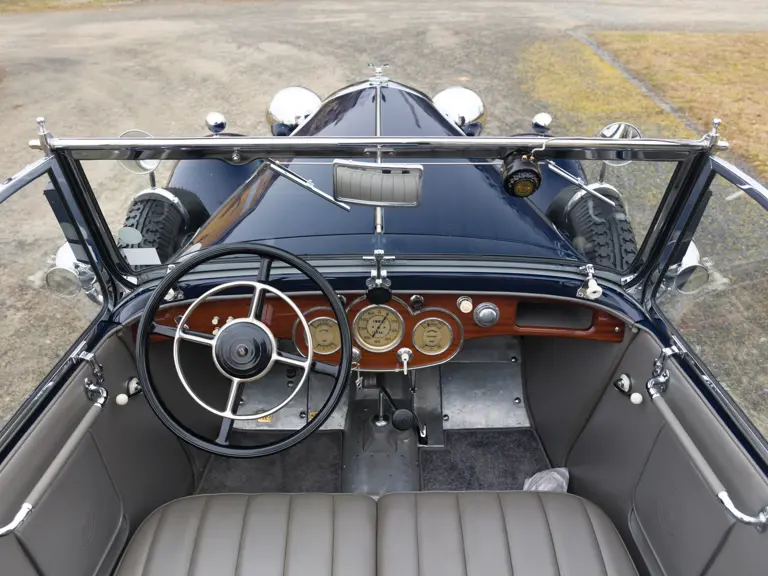
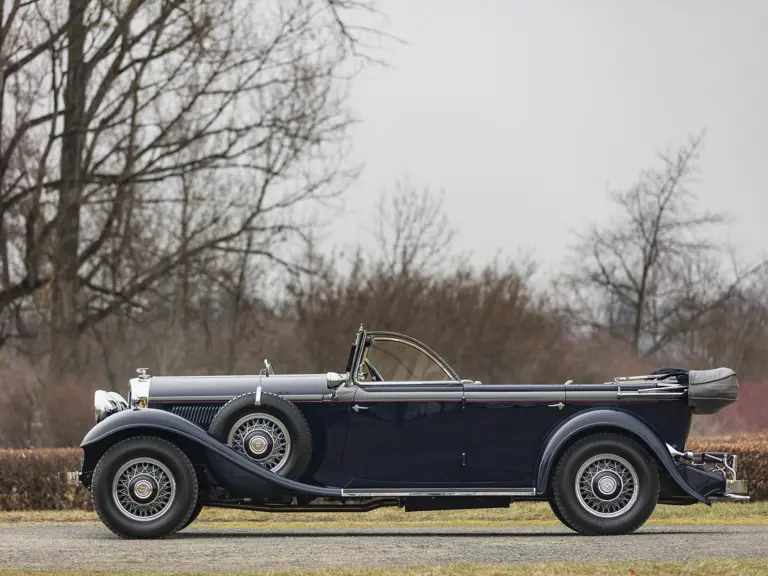
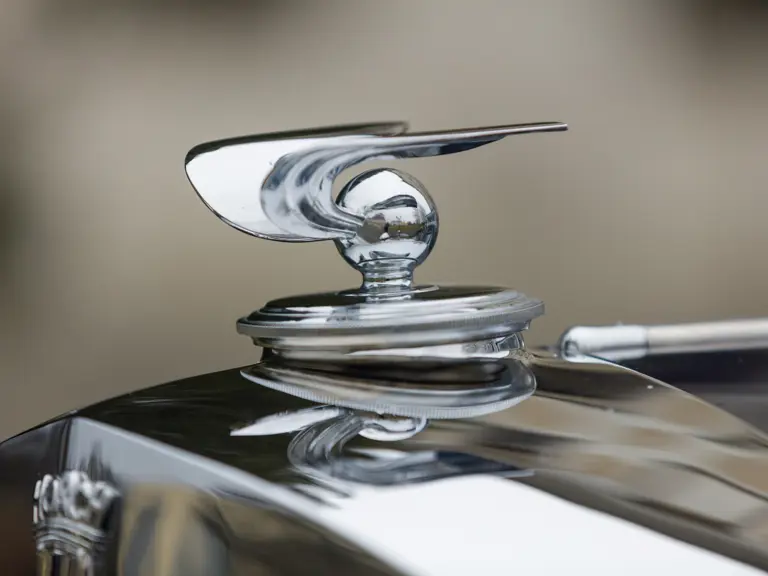



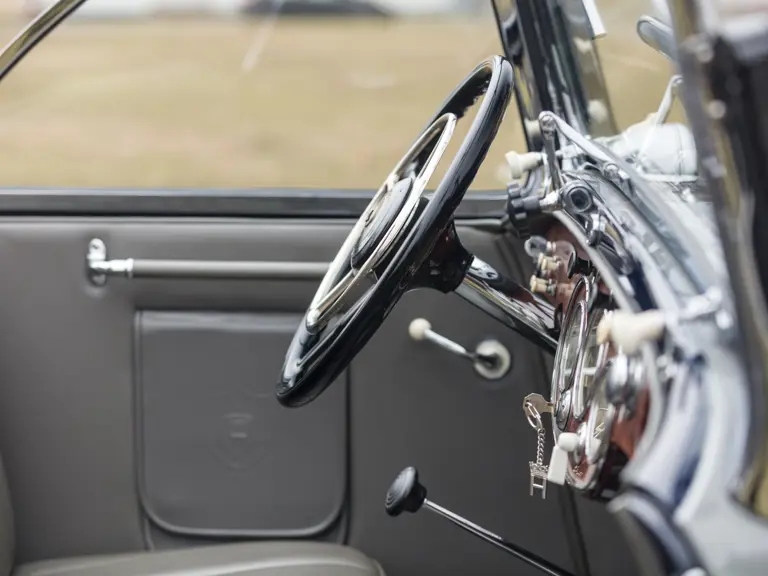
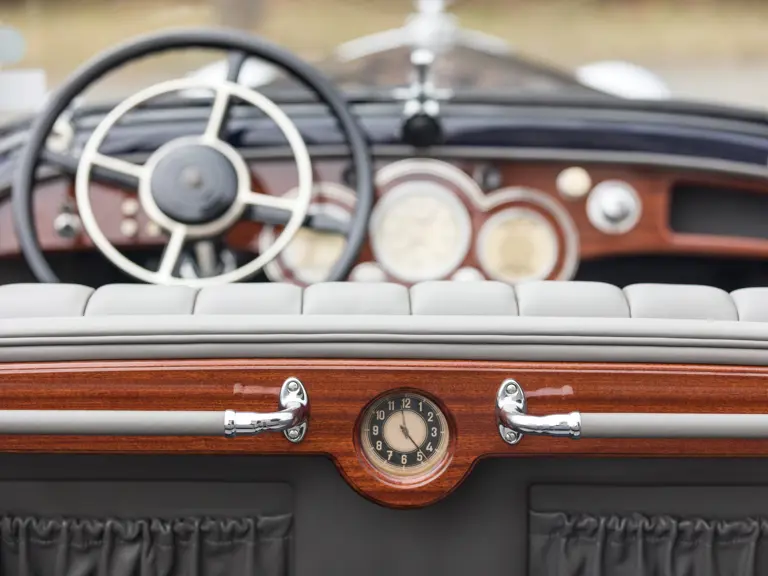
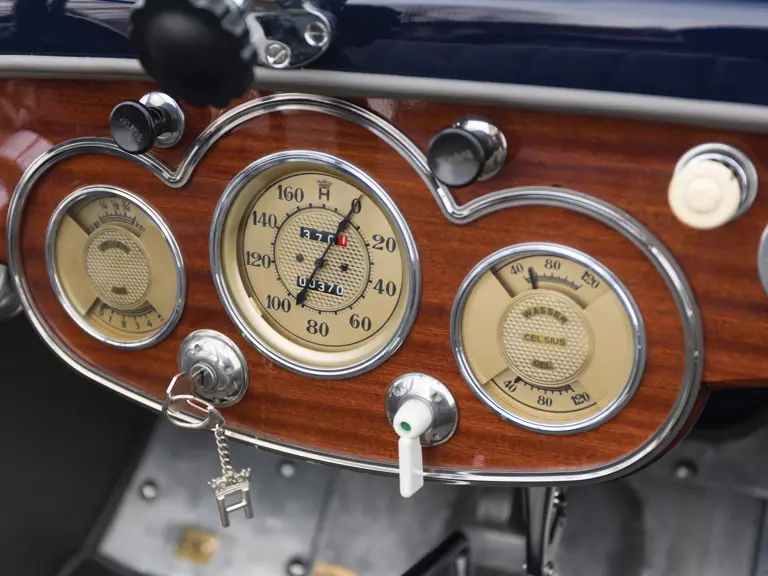
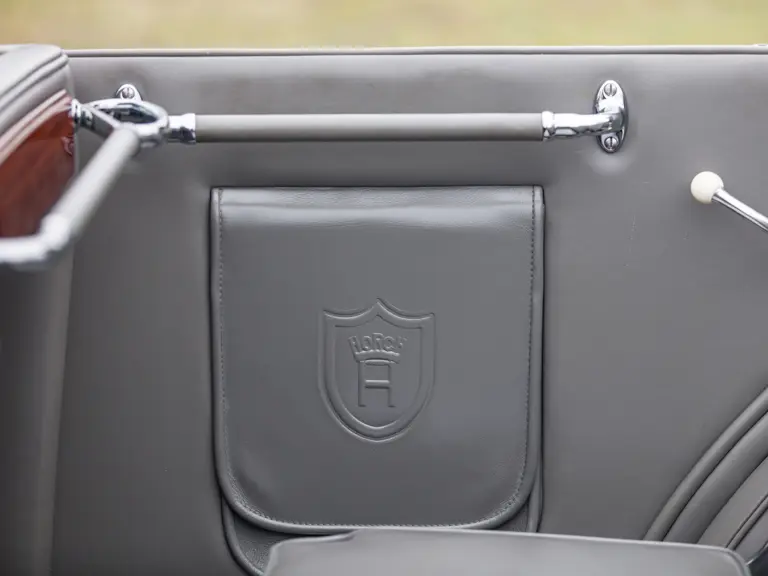
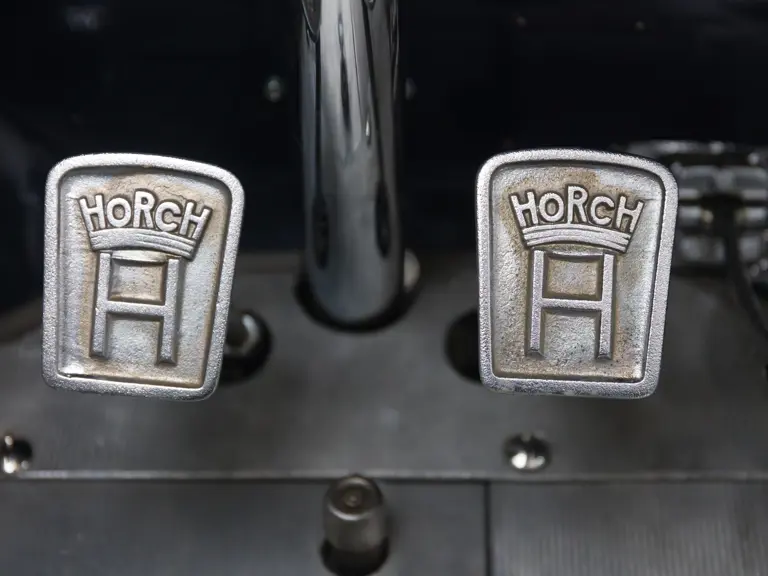
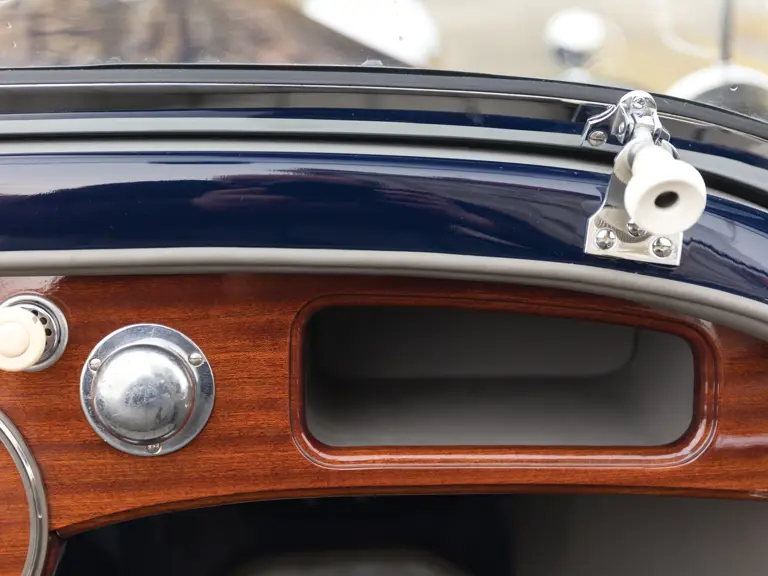
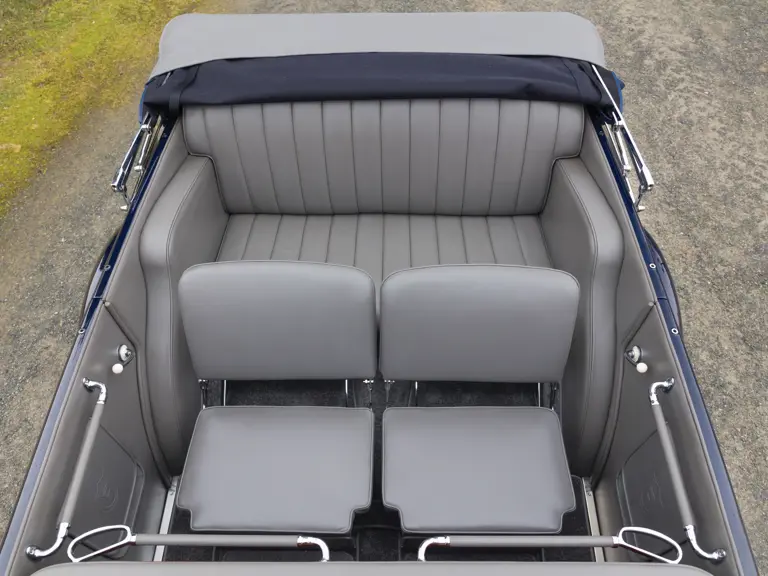


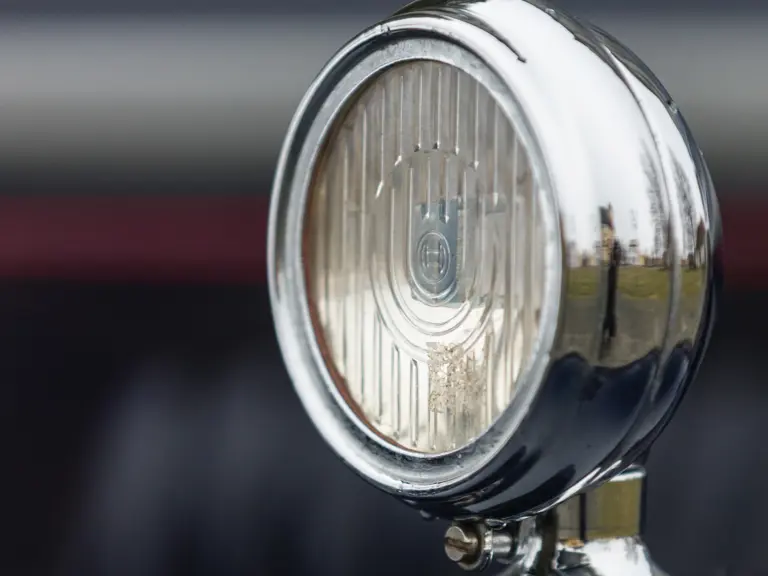
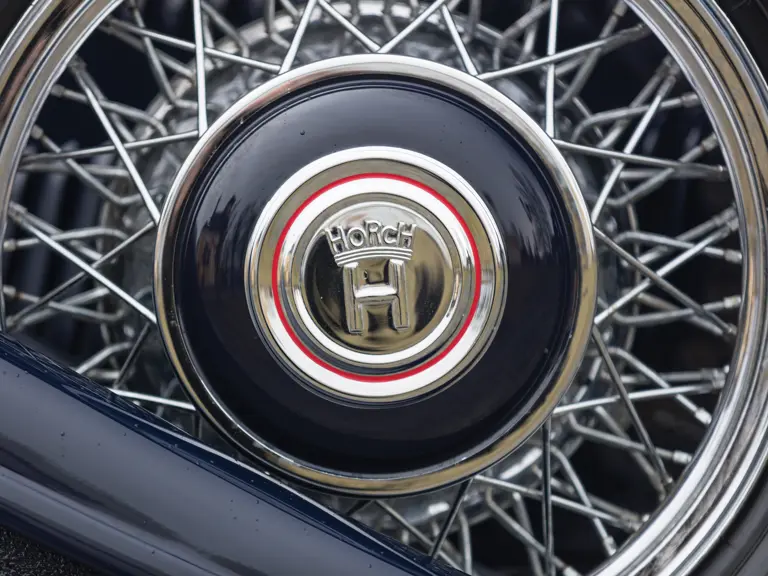

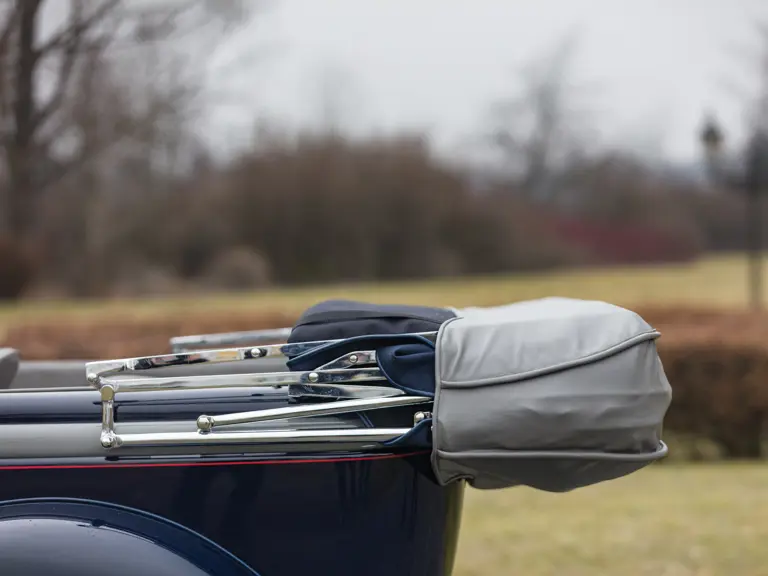


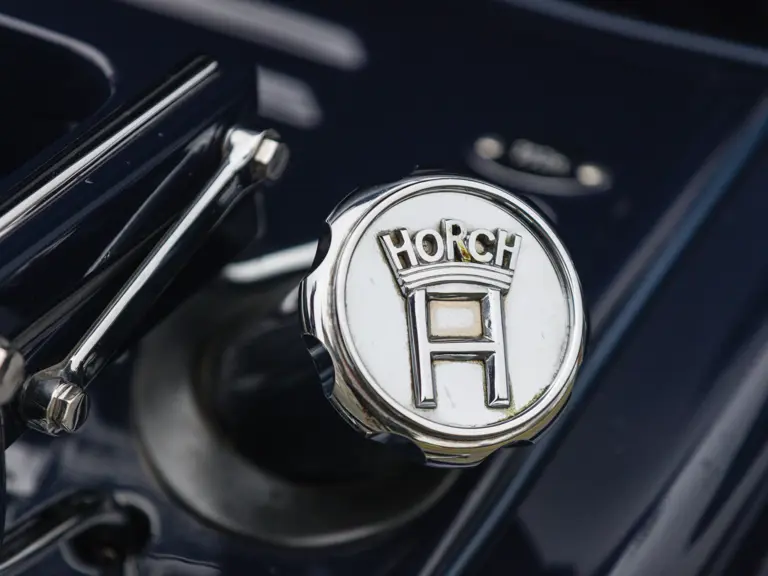

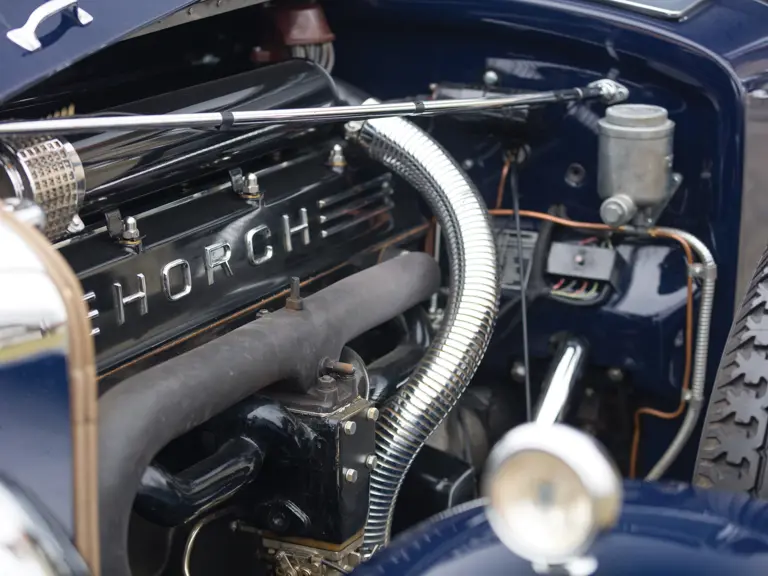
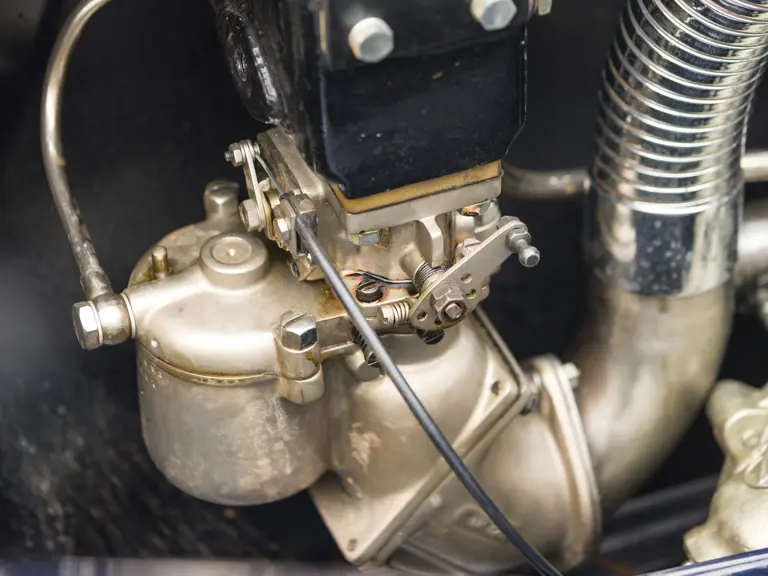
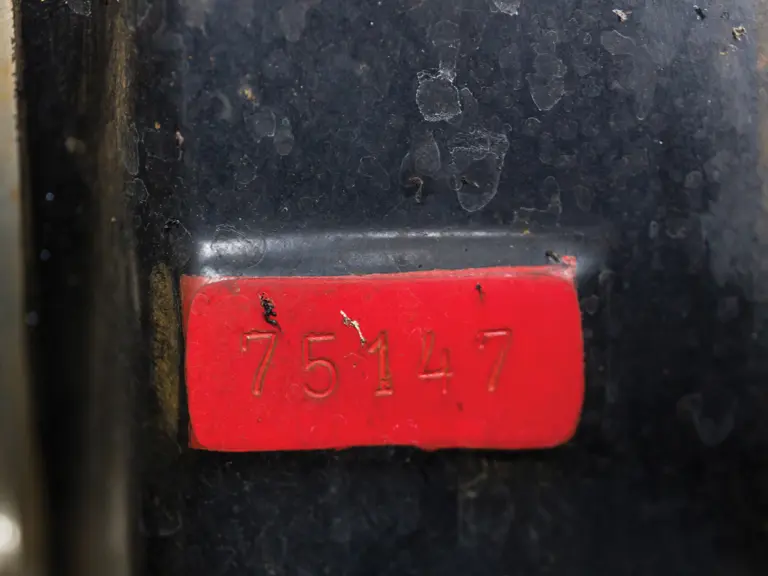
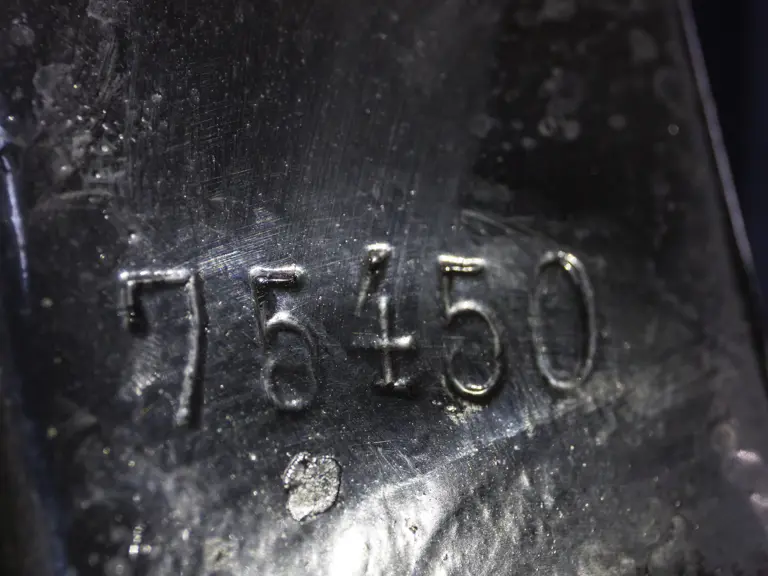
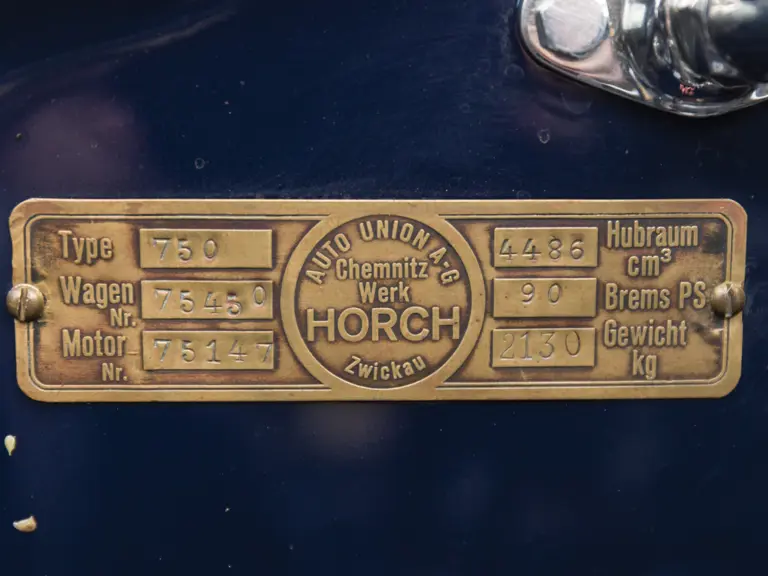
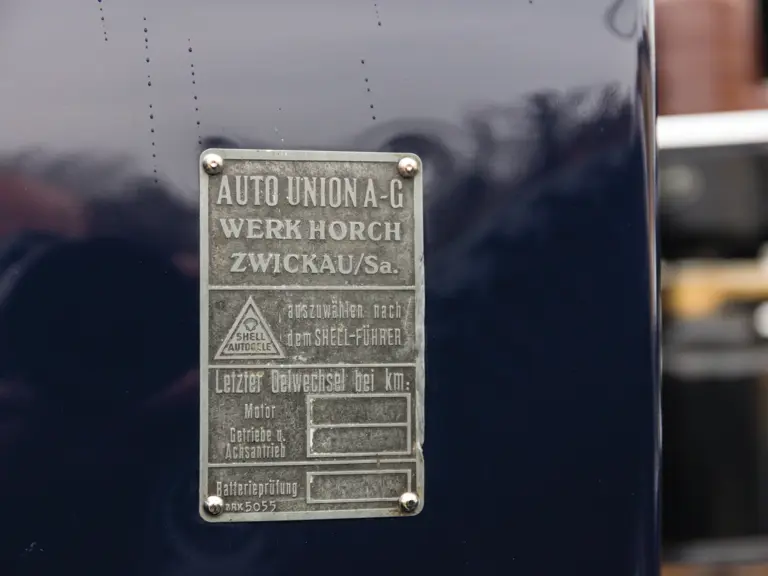
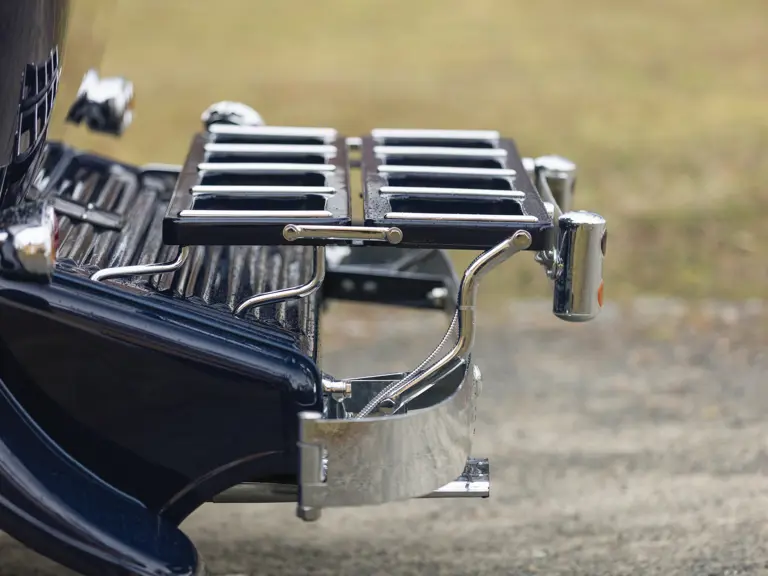
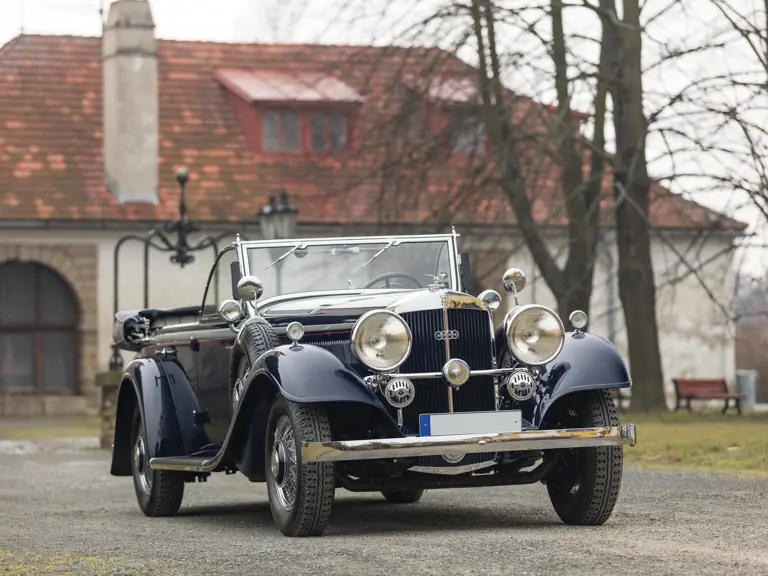

 | Cernobbio, Italy
| Cernobbio, Italy

